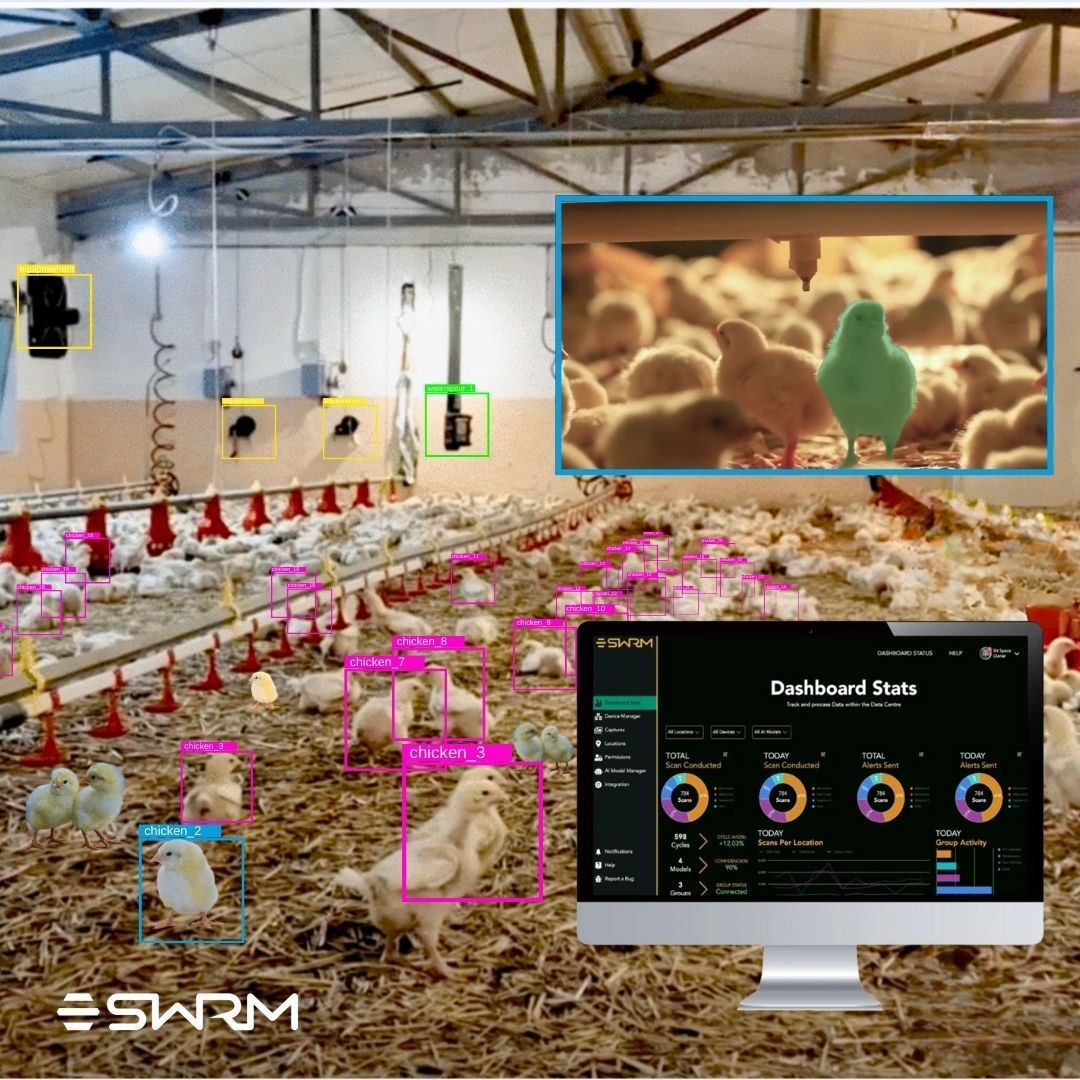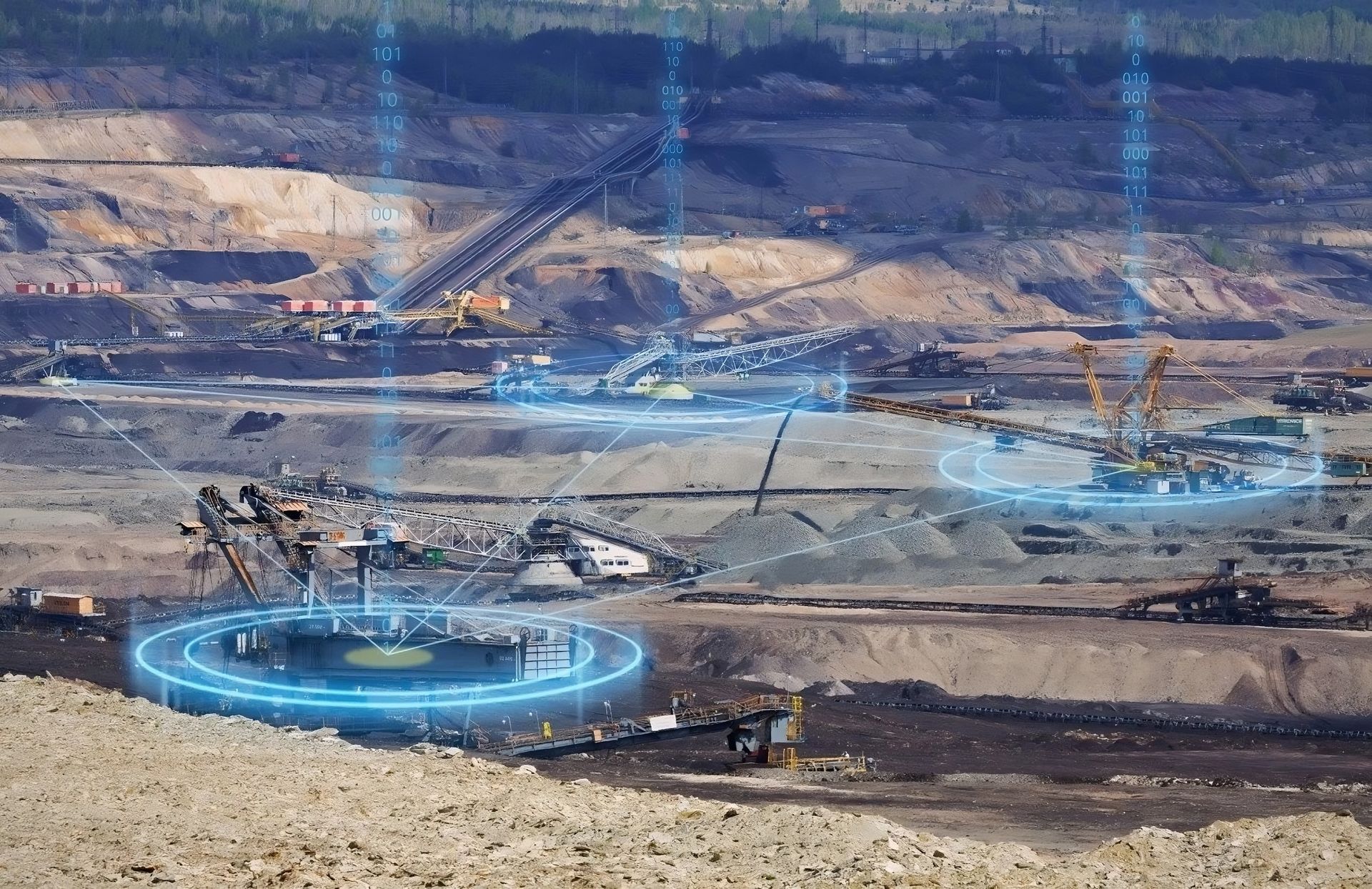Exploring the Virtual Frontier

The oil and gas industry has long been associated with cutting-edge technologies and innovation. In recent years, Virtual Reality (VR) has emerged as a transformative tool with the potential to revolutionize various sectors, including oil and gas.
This blog post will explore the exciting ways VR is reshaping the landscape of the oil and gas industry, from exploration and production to safety and training. Let's delve into how VR is driving efficiency, reducing costs, and enhancing operations in this crucial sector.
1. VR-Enabled Remote Exploration and Drilling:
VR is transforming remote exploration and drilling in the oil and gas industry. It enables geologists and engineers to explore drilling sites and visualize subsurface geology through immersive 3D simulations. VR facilitates remote monitoring of drilling rigs in real-time, enhancing operational efficiency and safety.
Pre-drill planning using VR simulations optimizes drilling strategies, reducing costly mistakes. VR integration leads to significant cost savings and a more sustainable, technologically advanced industry.
2. Immersive Training for Hazardous Environments:
VR simulations offer realistic, immersive experiences that train workers for high-risk situations such as emergencies, fire drills, and heavy machinery operations. These simulations create a safe yet lifelike environment, allowing employees to practice responses to dangerous scenarios without actual risk. By providing hands-on training in a controlled setting, VR enhances worker preparedness, reduces accidents, and improves overall safety standards.
Companies are embracing VR-based training as a cost-effective and efficient means to cultivate a safety-conscious workforce, leading to a safer and more productive work environment in the oil and gas industry.
3. Virtual Reality for Asset Maintenance and Inspection:
VR is transforming asset maintenance and inspection practices in the oil and gas industry. Utilizing VR technology, companies can virtually inspect equipment, pipelines, and offshore structures, identifying potential issues before they escalate.
VR simulations offer a detailed, immersive experience, enabling technicians to examine assets from different angles and perspectives. This enhances the accuracy of inspections and streamlines maintenance procedures. By reducing the need for physical inspections, VR saves time, minimizes downtime, and optimizes resource allocation.
Ultimately, VR integration improves maintenance efficiency, extends the lifespan of critical assets, and contributes to a more cost-effective and reliable oil and gas infrastructure.
4. Enhancing Collaboration and Communication:
Through VR-powered virtual meetings and remote collaboration platforms, experts, engineers, and field personnel can interact seamlessly, breaking down geographical barriers.
Immersive environments enable real-time visualization of complex data and 3D models, fostering better decision-making and problem-solving. This technology enhances project coordination, reduces travel costs, and accelerates the decision-making process. By promoting efficient teamwork and knowledge sharing, VR contributes to increased productivity, innovation, and streamlined operations in the oil and gas industry.
5. Simulating Reservoir and Field Development:
VR technology allows companies to create immersive simulations of complex geological formations, reservoir models, and production scenarios. By visualizing subsurface data in 3D, engineers and geologists gain deeper insights into reservoir behavior, leading to more informed decision-making.
VR simulations enable companies to test various production strategies, optimize well placements, and assess the potential impact of different extraction techniques. This advanced planning mitigates risks and maximizes the efficiency of oil and gas recovery processes.
By leveraging VR for reservoir and field development, the oil and gas industry can reduce exploration costs, minimize environmental impact, and improve the overall productivity and sustainability of operations.
6. VR's Environmental Impact in Oil and Gas Operations:
By reducing the need for physical travel and on-site presence, VR helps lower carbon emissions and minimizes the industry's ecological footprint. Additionally, VR-driven remote collaboration and training improve operational efficiency, optimizing resource utilization and promoting sustainable practices in the oil and gas sector.
In conclusion..
Virtual Reality is rapidly transforming the oil and gas industry, empowering companies to operate more efficiently, safely, and sustainably. From remote exploration and training to asset maintenance and communication, the integration of VR in oil and gas operations is opening new possibilities and driving the industry towards a more technologically advanced future.
As VR technology continues to evolve, we can expect even more exciting developments in this space, making the oil and gas industry more resilient and responsive to the challenges of the 21st century.
Click to share this article
Transform your business with immersive technologies
Schedule a consultation to see how BSD can help your organization unlock new avenues of engagement.
CONTACT US
Global Headquarters
1555 Dublin Avenue, R3E 3M8
Winnipeg, MB, Canada
PUBLIC RELATIONS
DIVISIONS
GENERAL
IN THE SPIRIT OF RECONCILIATION
We would like to acknowledge that the land on which we gather is Treaty One Territory, the home and traditional lands of the Anishinaabe (Ojibwe), Ininew (Cree), and Dakota peoples, and in the National Homeland of the Red River Métis. Our drinking water comes from Shoal Lake 40 First Nation.
Join 10,000+ people who get XR tips, insights, and company updates monthly.
Contact Us
We will get back to you as soon as possible.
Please try again later.
Privacy Policy Accessibility Sitemap Support
Bit Space Development Ltd.





